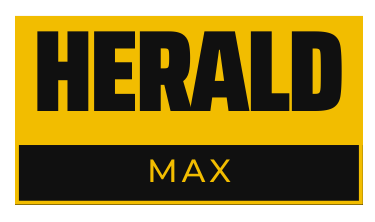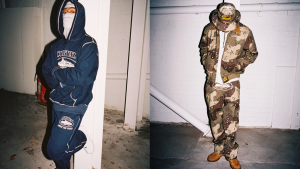
In the realm of packaging, the choice between flat bottom bags and quad seal bags is not just a matter of preference; it involves careful consideration of the product’s characteristics, the desired shelf presence, and the overall packaging goals.
Each type of bag offers unique features that cater to specific packaging requirements.
Confused? You’re in the right place! Let’s now explore when to use flat bottom bags and when quad seal bags are the more suitable option.
Flat Bottom Bags:
1. Stability and Display:
- When Stability Matters: Flat bottom bags, also known as box pouches, excel in providing stability on shelves. Their flat base allows them to stand upright without the risk of tipping, making them ideal for products that require a sturdy and secure packaging solution.
- Retail Display: If your goal is to have a product that stands prominently on retail shelves, flat bottom bags are an excellent choice. The squared base offers an attractive and organized display that catches the consumer’s eye.
2. Increased Storage Capacity:
- Gusseted Sides: Flat bottom bags often feature gusseted sides, allowing for expanded storage capacity. This is advantageous for products that may require additional space or have irregular shapes.
3. Premium Look and Feel:
- Premium Products: If your product is positioned as a premium or high-end item, flat bottom bags contribute to the perception of quality. Their structured appearance adds a touch of sophistication to the overall packaging.
Quad Seal Bags:
1. Versatility and Adaptability:
- Flexible Packaging Solution: Quad seal bags, also known as corner-sealed bags, are versatile and adaptable to various product types. Their four-side seal design offers flexibility in accommodating a range of product shapes and sizes.
- Snacks and Granular Products: Quad seal bags are particularly well-suited for packaging snacks, granular items, or loose products. The sealed corners provide additional strength to contain and protect the contents.
2. Optimal Shelf Presence:
- Maximized Branding Space: Quad seal bags offer a large surface area for branding and product information. If conveying a detailed message or featuring intricate graphics is crucial for your product, quad seal bags provide an optimal canvas for design.
- Visual Impact: The sleek and streamlined appearance of quad seal bags enhances their visual impact, making them stand out on retail shelves.
3. Efficient Production and Filling:
- High-Speed Production: Quad seal bags are efficient for high-speed filling and production processes. If your manufacturing setup requires a packaging solution that integrates seamlessly into a rapid production line, quad seal bags are a practical choice.
Choosing the Right Bag: Considerations
1. Product Characteristics:
- Weight and Shape: Consider the weight and shape of your product. Flat bottom bags are suitable for heavier or bulkier items, while quad seal bags are versatile for various shapes and sizes.
2. Brand Image:
- Aesthetics and Perception: Evaluate your brand image and the perception you want to create. If a premium and stable appearance are paramount, flat bottom bags may align with your branding goals. If versatility and efficient production are critical, quad seal bags offer practical solutions.
3. Practical Considerations:
- Production Speed: Assess the speed and efficiency of your production line. Quad seal bags may be more suitable for high-speed filling processes, while flat bottom bags might be preferable for slower-paced, meticulous production.
Conclusion
In conclusion, the decision to use flat bottom bags or quad seal bags hinges on a careful assessment of your product, brand goals, and practical considerations.
Both types of bags offer unique advantages, and selecting the right one involves understanding the nuances of your specific packaging requirements.
Still not sure where to start? Contact a professional packaging firm to get started the right way.





